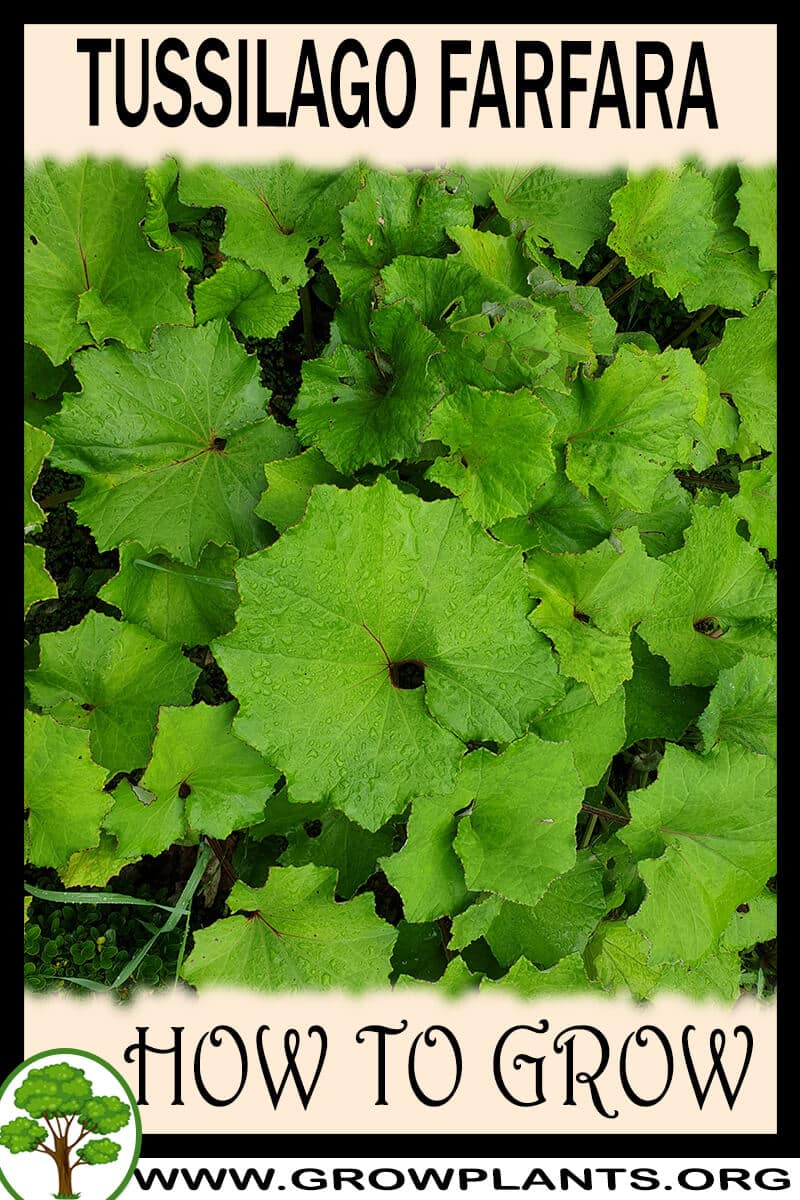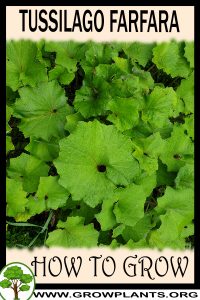
Tussilago farfara growing leaf plant geophyte of the genus Tussilago also known as Coltsfoot, Tussilago farfara perennial deciduous plant, used as medical plant and also used as ornamental plant, can grow in temperate or subtropical climate and growing in hardiness zone 4-9.
Leaves edible in color green in heart shape.
Tussilago farfara flower
Flower edible color yellow in round shape.
Tussilago farfara for sale – Seeds or Plants to Buy
How to grow Tussilago farfara growing and care:
Moist soil
What is the best way to start growing?
Plant / Geophyte / Seed
Is it necessary to graft or use vegetative reproduction?
No
Difficulties or problems when growing:
?
Planting season:
Spring / Winter
Pests and diseases:
?
Pruning season:
Summer
How to prune:
Dead leaves and flowers
Size of the plant:
20-50cm, 8-20 inches
Growth speed in optimal condition:
Fast growing / Medium growing
Water requirement:
Average amount of water / Big amount of water
Light conditions in optimal condition for growing:
Full sun / Half shade
Is it possible to grow indoor as houseplant?
No
Growing is also possible in a planter /flowerpot / containers:
Yes
Blooming information
Bloom season?
Spring
General information about the flower:
Round daisy yellow flowers
Pollination is done by:
Bees
Uses of flower:
Eaten raw, salad, cooked
Edible leaves
Leaves harvesting season:
Spring
How to harvest the leaves?
Only young fully grown leaves to harvest in the base of the leaves
Information about leaves:
Heart shape green leaves
Uses of Tussilago farfara leaves:
Eaten raw, salad, cooked
Scientific name:
Tussilago farfara
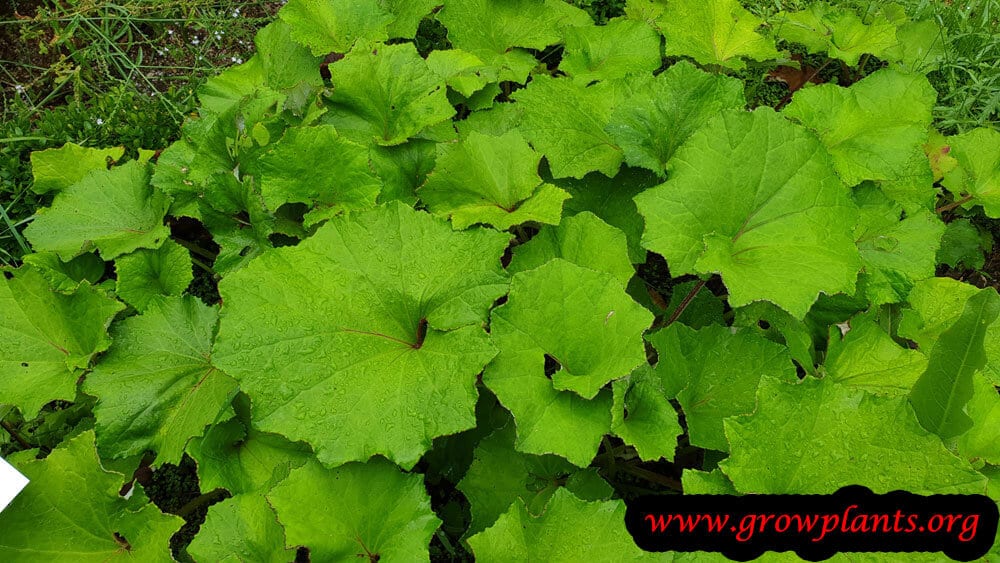
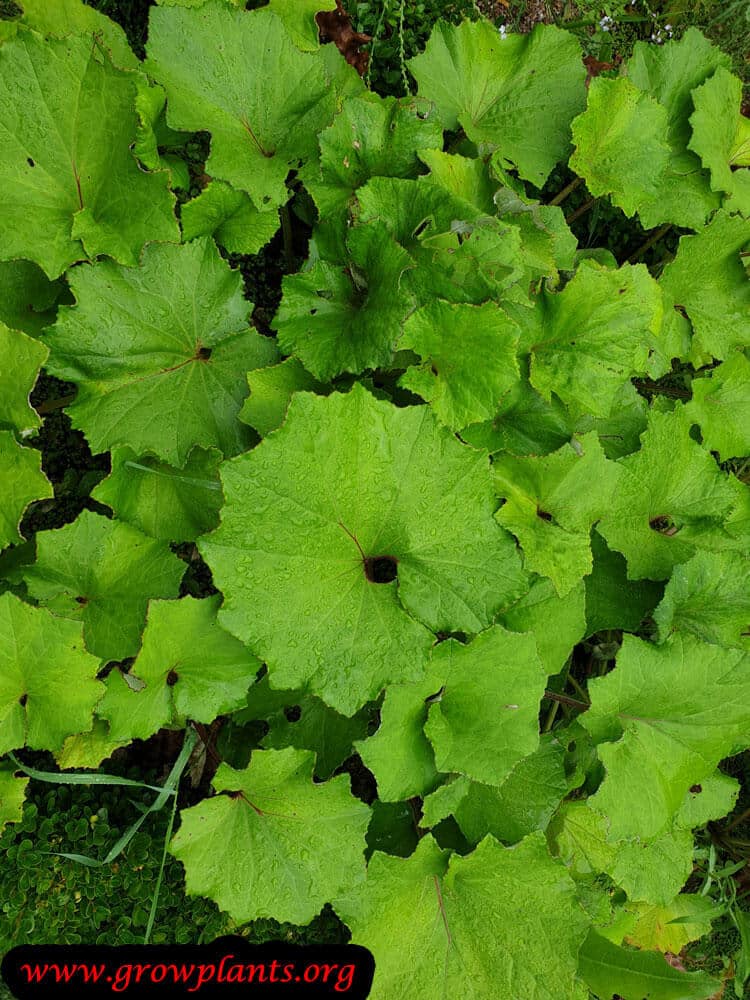
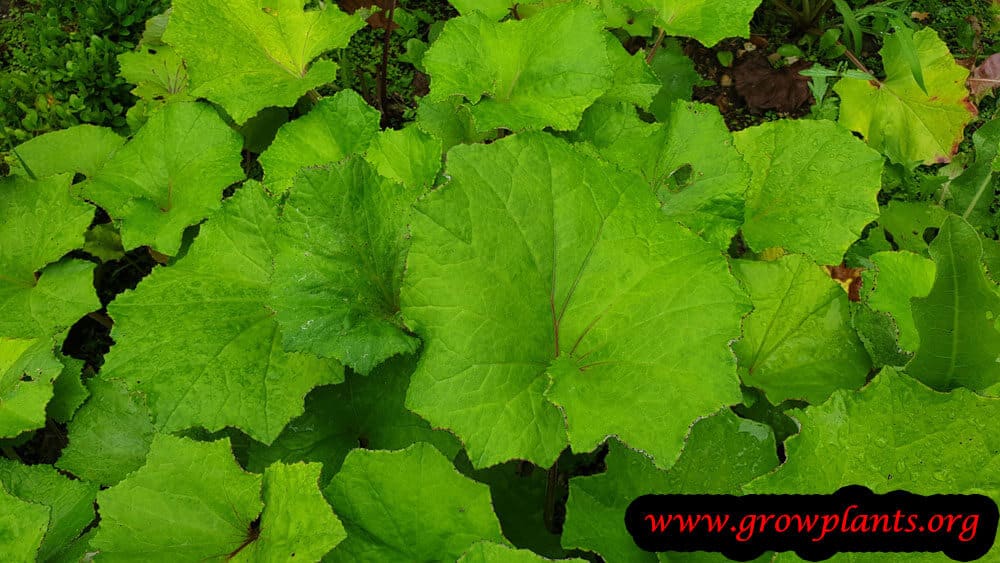
Categories
| Blooming Seasons |
|
|---|---|
| Edible Parts |
|
| Culinary uses |
|
| Flower colors |
|
| Climate |
|
| Harvest Season |
|
| Ornamental parts |
|
| Plant growing speed |
|
| Plant life-form |
|
| Plant Uses |
|
| Planting Season |
|
| Plants sun exposure |
|
| Watering plants |
|
| Hardiness zone |
|


